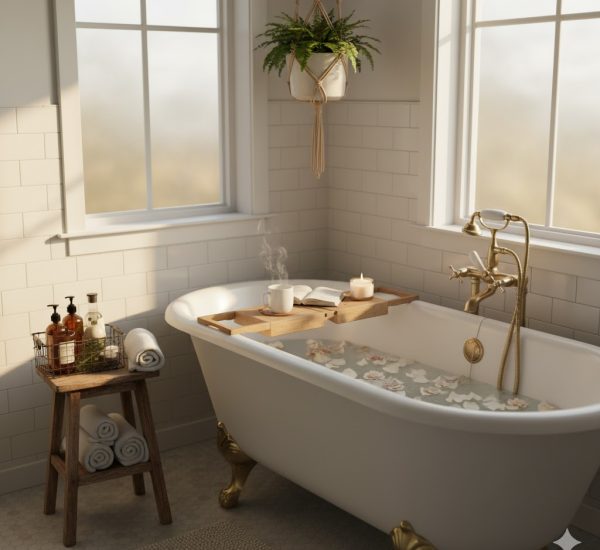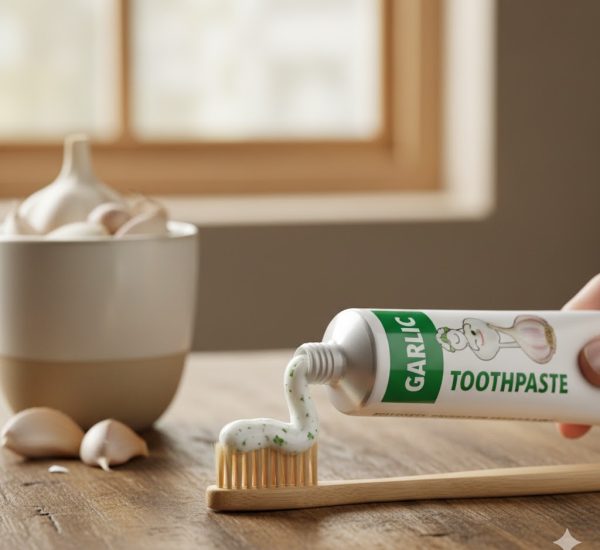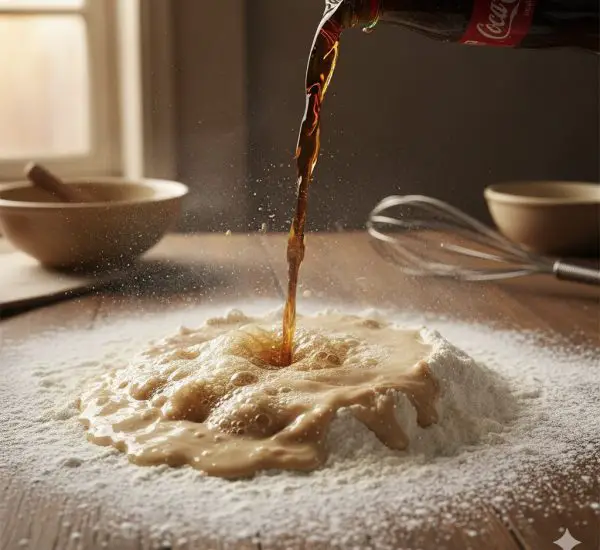Toothpaste is a staple in every home around the world. It ensures proper oral hygiene, helps maintain fresh breath, and keeps our smiles bright throughout the day. Most people buy multiple tubes of toothpaste during a grocery trip, especially when they’re on sale, to avoid ever running out. After all, skipping brushing, whether before bed or before heading out, is not an option.
However, a common habit many of us share—driven by consumerism—is discarding toothpaste tubes as soon as they become difficult to squeeze. Even when only a small amount remains inside, many people throw the tube away and open a new one. In reality, that “last bit” of toothpaste can still be used, both for oral care and surprisingly for household cleaning.
The Problem with Wasting Toothpaste
It’s easy to overlook the value of leftover toothpaste. Once the tube seems nearly empty, it becomes frustrating to extract the remaining paste. But rather than wasting it, there are simple tricks to make the most of every tube. Toothpaste is composed of mild abrasives that polish and clean surfaces while masking odors and providing antibacterial benefits. These same properties that clean teeth make it a surprisingly versatile cleaning agent around the home.
By cutting the leftover toothpaste into thin strips from the tube itself, you can save it for a wide variety of cleaning purposes. This is not only economical but also environmentally friendly, helping reduce unnecessary waste.
Practical Ways to Use Toothpaste for Cleaning
Toothpaste is remarkably effective on a variety of household surfaces. Here are some practical applications:
-
Kitchen Cleaning: Toothpaste can help clean stubborn residues on cookware, such as the lids of pots and pans or areas with baked-on food. Simply apply a small amount, let it sit for a few minutes, then scrub and rinse.
-
Bathroom Surfaces: Toothpaste can clean faucets, sinks, tiles, and other bathroom fixtures. Its mild abrasiveness removes water stains, soap scum, and minor discoloration without damaging surfaces.
-
Fabric Stains: For small stains on clothes or fabrics, a thin layer of toothpaste left to sit for 15–30 minutes before washing can help lift spots and odors, sometimes more effectively than commercial detergents.
-
Mirrors and Glass: Toothpaste can be used to remove streaks or smudges from mirrors and windows. Apply a small amount, rub gently, and rinse with water for a sparkling finish.
Toothpaste for Polishing and Scratch Removal
Beyond general cleaning, toothpaste is particularly useful for polishing and scratch removal. For instance:
-
Watches and Glass Screens: Over time, watch crystals and smartphone screens can become scratched. By applying a small amount of toothpaste with your fingertip and gently rubbing it over the surface, you can minimize superficial scratches. Wipe off with a damp cloth afterward, and the surface will appear cleaner and smoother.
-
Silver Jewelry and Cutlery: Toothpaste works beautifully for polishing silver, restoring shine and removing tarnish. Apply a small dab, rub gently with a soft cloth, and rinse.
-
Wooden Surfaces: Toothpaste can also be used on wooden doors, window frames, or other wood surfaces that have water stains or discoloration. The mild abrasives help remove marks without harming the wood finish.
-
Tile Grout and Shower Areas: One of toothpaste’s most impressive uses is cleaning grout and the corners of shower stalls or boxes, where dirt, mold, and calcium buildup accumulate. Simply apply a small amount to the area, scrub gently with a sponge or old toothbrush, and rinse. Toothpaste acts as a natural whitener and disinfectant, eliminating grime without the harshness of chemical cleaners.
Why Toothpaste is a Safer Alternative
Many household cleaning products are excessively harsh, containing chemicals that can damage delicate surfaces or pose health risks. Toothpaste offers a safer, more natural alternative. Its mild abrasiveness, deodorizing, and disinfectant properties allow it to clean effectively without endangering the integrity of the surfaces or fabrics being treated.
Additionally, the fact that toothpaste is already in many homes makes it an incredibly convenient option for quick cleaning tasks. It’s always on hand, ready to tackle small stains, polish items, or remove buildup, making it a versatile addition to your cleaning toolkit.
Tips for Maximizing Leftover Toothpaste
-
Save Strips: When a tube is almost empty, cut it open and save the remaining paste in thin strips for future use. This prevents waste and ensures you have cleaning material ready when needed.
-
Use Sparingly: A little toothpaste goes a long way. For most household tasks, a pea-sized amount is sufficient.
-
Gentle Scrubbing: Apply with a soft cloth or sponge to avoid scratching delicate surfaces. For stubborn grime, allow the toothpaste to sit for a few minutes before scrubbing.
-
Rinse Thoroughly: After cleaning, rinse the area well to remove any residue. This ensures surfaces remain shiny and streak-free.
Conclusion
Toothpaste is far more than just a dental hygiene product. Its mild abrasiveness, deodorizing qualities, and cleaning power make it an incredibly versatile tool for household maintenance. From kitchen surfaces and bathroom fixtures to jewelry, wood, and even smartphone screens, toothpaste can tackle countless cleaning challenges.
By rethinking how we use every tube, we not only reduce waste but also discover a simple, effective, and safe cleaning solution that is always available at home. Next time you think a toothpaste tube is “empty,” remember: it still holds the potential to shine, polish, and clean in ways you might never have imagined.
With a little creativity, toothpaste becomes not just a daily essential for oral care, but a true multitasking hero for household cleaning.



